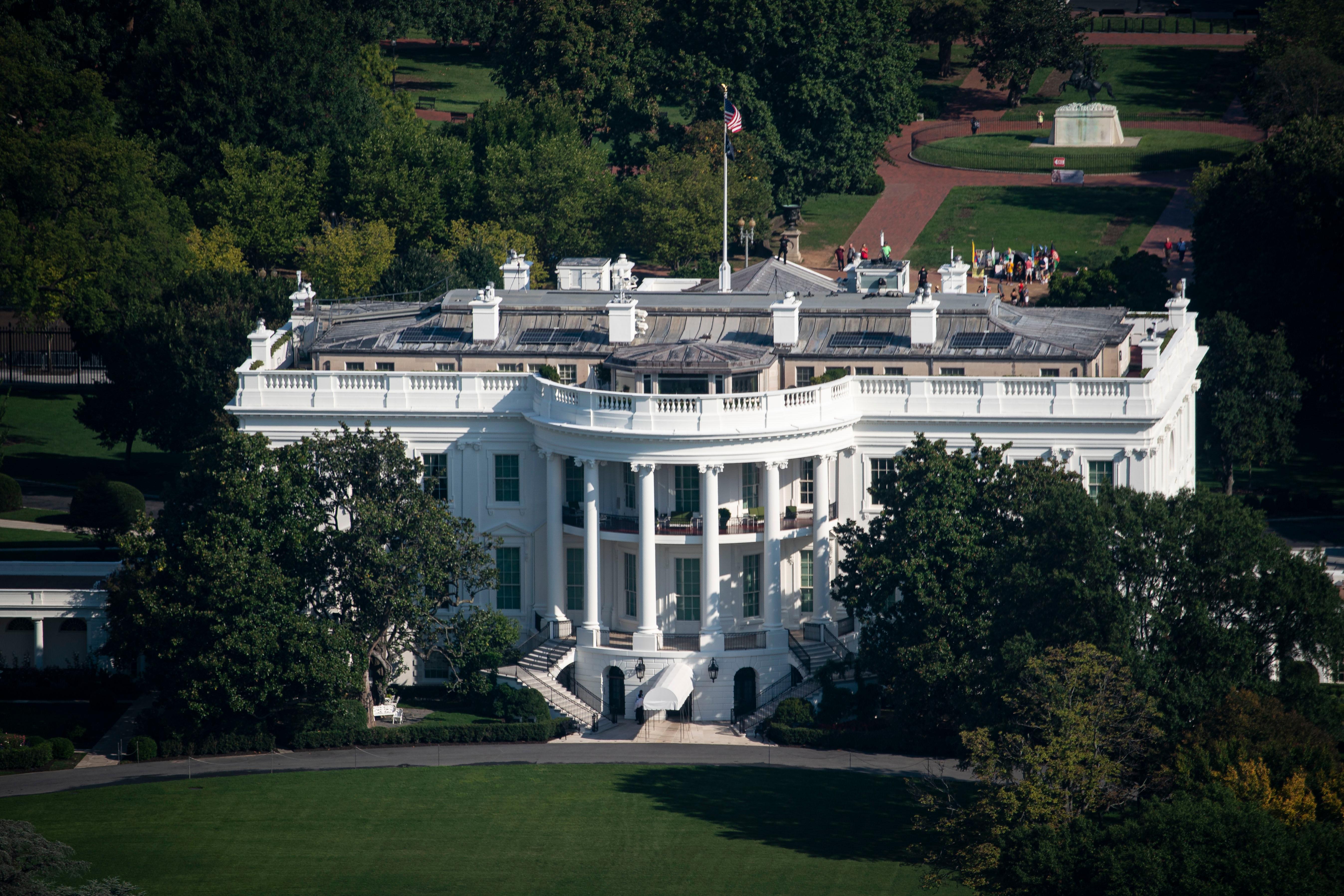Who Is the U.S. in Debt To? The Federal Debt Ceiling Is in Question
The U.S. owes money to countries around the world, amounting to over trillions of dollars. But the U.S. is also in debt to itself.
Sept. 21 2021, Published 9:43 a.m. ET

Debt is something that none of us like to have but is sometimes necessary to get what we need or want. Debt has almost become a staple in how the U.S. and its citizens handle many transactions. Student loans are common, mortgage loans are mostly used to purchase real estate if you’re not buying it outright, and credit card debt is common in the country. Many businesses and lenders rely on debt to make an income, making it essential for them.
While debt is commonly associated with consumers, the country itself is also in debt. The country borrows money for various purposes, ranging from paying social security, tax credits, federal worker salaries to many other benefits the country is obligated to pay. While the U.S. owes other countries trillions of dollars, its biggest debt is to the U.S. government. But how can that be possible?
How does national debt work?
The national debt is the amount of money the federal government owes its creditors. Most of the time, the U.S. government spends more money than it generates, so the national debt has steadily risen for decades.To borrow money, the U.S. Treasury Department issues Treasury bills, notes, and bonds to the federal government so it can acquire cash to spend on government needs. These Treasury products gain their worth with investments from corporations, financial institutions, and other governmental entities around the world.

The national debt is currently over $28.7 trillion, according to the US Debt Clock. As the U.S. debt consistently grows, not only can it affect the government, but its citizens as well. If the debt can’t be paid, it’s going to be difficult for the U.S. Treasury to sell securities to investors.
The Treasury would have to increase interest rates on securities in order to make them more enticing, meaning the debt earns more interest. This would also cause corporate companies that invest in these securities to increase the prices for their products and services because they have to lend more money.
Mortgage loans are directly tied to Treasury securities, so if security interest rates increase, so does the interest rate for mortgage loans, making it more difficult for people to purchase a home. Other borrowing costs are also tied to Treasury securities, such as credit card debt and car loans, complicating things for consumers wanting to borrow money. If the government were to actually default, which is failing to pay back its debt, excessive interest rate increases could result, which is why there’s a push for the debt ceiling to be raised.

What is the debt ceiling?
The debt ceiling is the borrowing limit for the government to use to spend on the country’s obligations. The debt ceiling has been changed plenty of times, having recently been increased to over $12 trillion in the 2000s, according to CNBC. The debt ceiling was suspended until Jul. 31, 2021, but the U.S. Treasury issued emergency measures so that the government could pay its obligations. There’s a deadline at the end of Sep. 2021 for the debt limit to be raised, and if it isn’t, the government wouldn’t have any more money to spend on obligations such as social security and child tax credits.
Who does the U.S. owe?
The national debt is broken down into debt owed to intragovernmental holdings and debt owed to the public. Intragovernmental holdings include federal agencies such as the Social Security Trust Fund and Medicare. Public debt includes U.S. banks and investors, as well as foreign investors.
The public debt is reportedly 78 percent of the national debt, while intragovernmental debt is the other 22 percent. Foreign investors make up only a third of the public debt, as they are owed approximately $7 trillion. Japan is the leading foreign investor, with over $1.28 trillion owed, and China is second, with $1.1 trillion owed.
